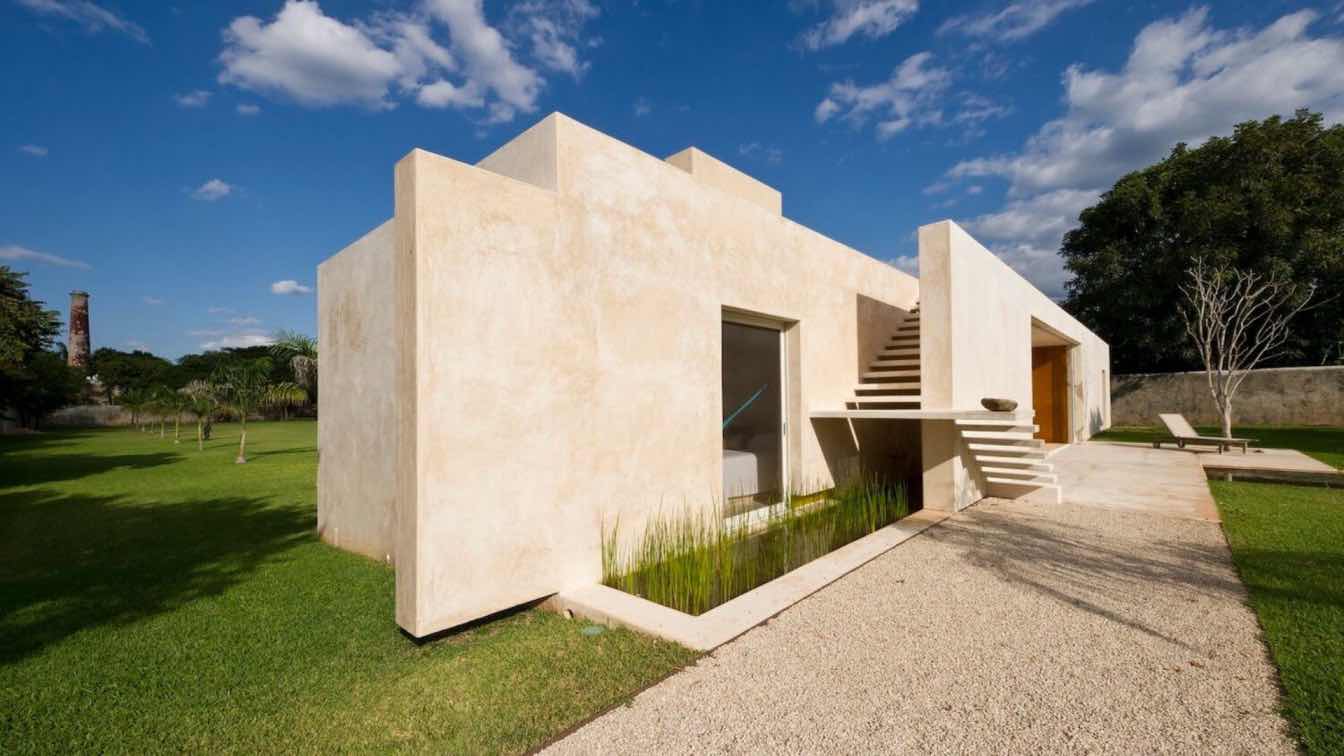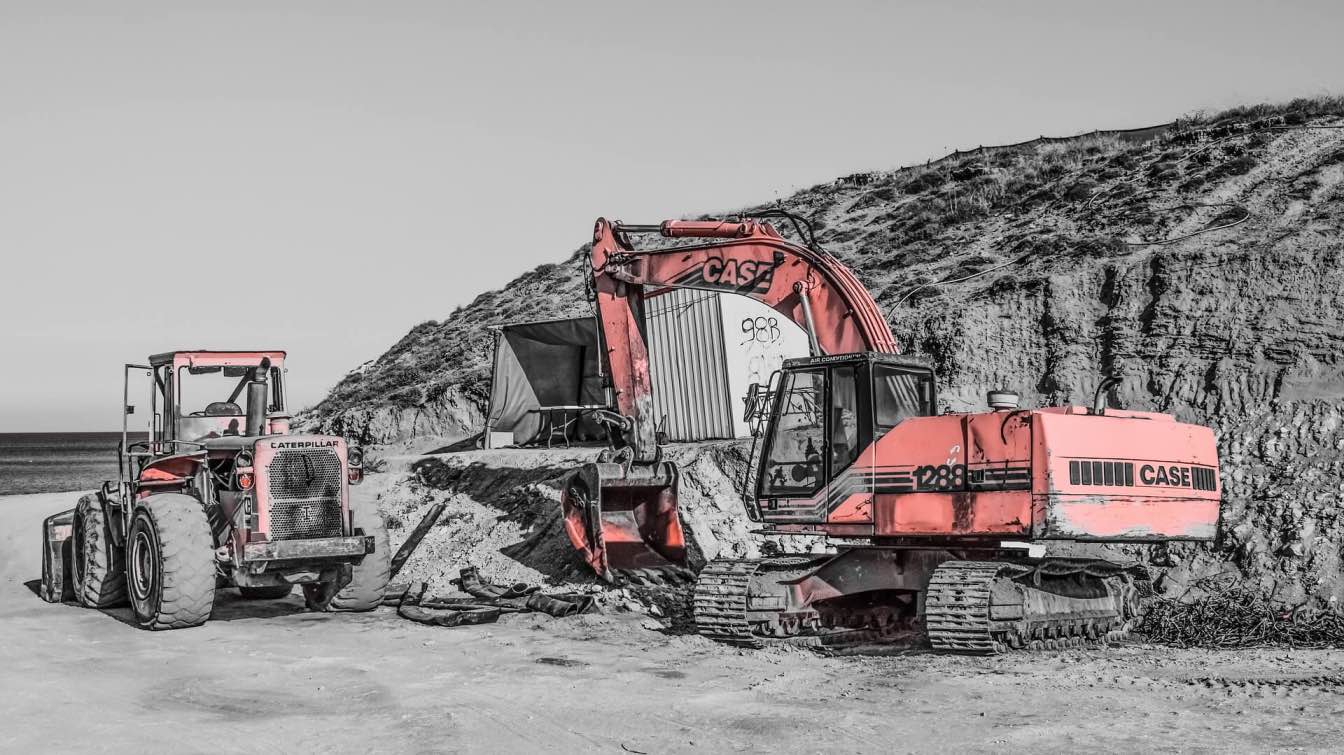New York’s skyline is a constantly evolving tapestry that reflects the city’s dynamic spirit. Yet, among the shimmering new constructions are iconic landmarks that have stood for decades—symbols of heritage, innovation, and resilience. Today, with careful restoration efforts, these architectural gems remain vital sources of inspiration for modern architects who seek to merge history with contemporary design. Below, we explore some of the city’s most impressive restoration projects and learn from the experts keeping New York’s architectural legacy alive.
1. The Woolworth Building: Preserving Gothic Grandeur
Completed in 1913, the Woolworth Building once held the title of the world’s tallest skyscraper. Dubbed the “Cathedral of Commerce,” its ornate neo-Gothic facade is a masterpiece of architectural detailing. Over the past century, the structure’s facade has undergone multiple careful restorations, ensuring that the carved terracotta panels and intricate gargoyles remain intact.
For architects working on modern skyscrapers, the Woolworth Building serves as a lesson in marrying decorative splendor with structural innovation. By balancing the aesthetic requirements of a historic facade with the technical demands of a contemporary city, restoration teams show how new designs can echo the past without sacrificing modern comfort or efficiency.
2. The TWA Flight Center: A Jet Age Marvel Reimagined
Designed by Eero Saarinen in the 1960s, the TWA Flight Center at John F. Kennedy International Airport epitomized the Jet Age’s futuristic optimism. After years of disuse, the terminal underwent a dramatic transformation into the TWA Hotel, which opened in 2019. The project meticulously preserved Saarinen’s signature winged roof and sweeping interior lines, all while updating the space to accommodate a hotel’s modern amenities.
This revitalized terminal is a triumph of adaptive reuse, proving that historical preservation can seamlessly blend with contemporary function. For today’s architects, it underscores the importance of honoring an original design vision while ensuring the renovated structure meets 21st-century standards.
3. Domino Sugar Refinery: Industrial Heritage Meets Modern Waterfront Living
On the Brooklyn waterfront, the former Domino Sugar Refinery has stood as a symbol of industrial might since the 19th century. Instead of demolishing the old structures, developers chose to integrate the historic refinery building into a new mixed-use complex. This ongoing restoration and repurposing project retains the refinery’s signature brick facade and iconic Domino Sugar sign, while introducing new residential, office, and retail spaces.
For architects interested in sustainable design and adaptive reuse, Domino’s transformation highlights how to breathe fresh life into an industrial relic. By blending old brick walls and massive windows with sleek, modern interiors, the project invites the public to experience a direct conversation between past and future.
4. The Flatiron Building: Reinforcing an Iconic Silhouette
Few structures are as immediately recognizable as the Flatiron Building. Its distinctive triangular shape has been a fixture of Manhattan’s skyline since 1902. Over the years, restoration experts have stabilized and repaired the Flatiron’s steel skeleton and limestone facade, protecting the building from wear and tear.
According to Aarco Contracting, a leading facade restoration company in New York, “Historic facade restoration is not just about preserving our architectural heritage; it’s about bridging the city’s past with its future. Each stone replaced and every mortar joint repaired ensures the building’s story continues to captivate current and future generations.”
Lessons for Modern Architects and Designers
The restoration of these historical buildings offers invaluable lessons for those shaping New York’s ongoing urban narrative:
Respect for Original Design: Whether it’s a delicate terracotta ornament or a sweeping mid-century roofline, preserving key elements of a building’s original identity ensures the final result resonates with heritage.
Adaptive Reuse and Sustainability: Converting aging structures for modern use minimizes demolition waste and preserves embodied energy—core principles in sustainable architecture today.
Community and Cultural Context: Historic buildings often hold deep cultural significance. Including the community in restoration efforts helps ensure the building continues to serve as a public touchstone.
Technological Integration: Upgrades like energy-efficient systems, modern safety features, and high-tech materials can be integrated into historic facades without compromising visual integrity.
Conclusion
From the soaring neo-Gothic pinnacle of the Woolworth Building to the renewed Jet Age curves of the TWA Flight Center, New York’s restored landmarks reveal how preserving the past can spark innovative architectural ideas for the present and beyond. These shining examples of facade restoration, adaptive reuse, and historical respect remind us that every iconic building has a story worth telling—and retelling—so that future generations can continue to be inspired by the city’s timeless charm.
By embracing restoration over replacement, architects and developers can honor New York’s architectural heritage while paving the way for fresh, forward-thinking designs—an approach that ensures the skyline remains both cutting-edge and deeply rooted in history.





